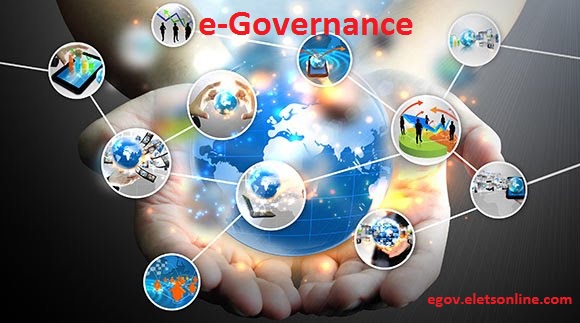
E-Government is the use of information and communication technology (ICT) to deliver government services, exchange information, and conduct transactions, as well as the integration of various stand-alone systems and services between government-to-citizens (G2C), government-to-business (G2B), and government-to-government (G2G) processes and interactions.
E-Government is the use of information and communication technology by government agencies to improve information and service delivery, encourage citizen participation in decision-making and make government more accountable, transparent and effective.
The exercise of political, economic, and administrative authority in the management of a country's affairs, as well as people's expression of their interests and exercise of their legal rights and obligations, is referred to as governance.
E-Governance can be defined as the delivery of government services over the internet in order to allow an efficient, quick, and transparent process of disseminating information to the public and other agencies, as well as executing administrative tasks.
E-Governance is a broader term than e-government because it can transform how citizens interact with governments and each other. E-Government has the potential to introduce new ideas about citizenship, both in terms of citizen needs and obligations. Its goal is to engage, empower and enable citizens.
The goals of e-Governance can be summarized as:
The goal of e-Government implementation is to improve governance. Participation, transparency, and accountability are all characteristics of good government. Recent improvements in communication technologies and the Internet have created new opportunities for governments and individuals to interact in new ways, helping to attain good governance goals. By allowing citizens to participate in online discussion groups and boosting the quick emergence and efficacy of pressure groups, information technology can improve citizen participation in the governance process at all levels. Government benefits include the ability to deliver better service in terms of time, resulting in more efficient and effective governance. Furthermore, transaction costs can be reduced and government services can be more easily accessed.
Local governments are close to citizens and serve as the primary means of government representation for many. Citizens and local governments have a close relationship since the interests at stake for both sides are obviously interwoven in areas including public services, urban growth, education, public transportation, environmental concerns, and local politics. The impact of ICTs on the connection between governments and citizens can be most effective at the local level.
GFST offers a team of e-Government professionals and developers ready to assist in any area of e-Government.